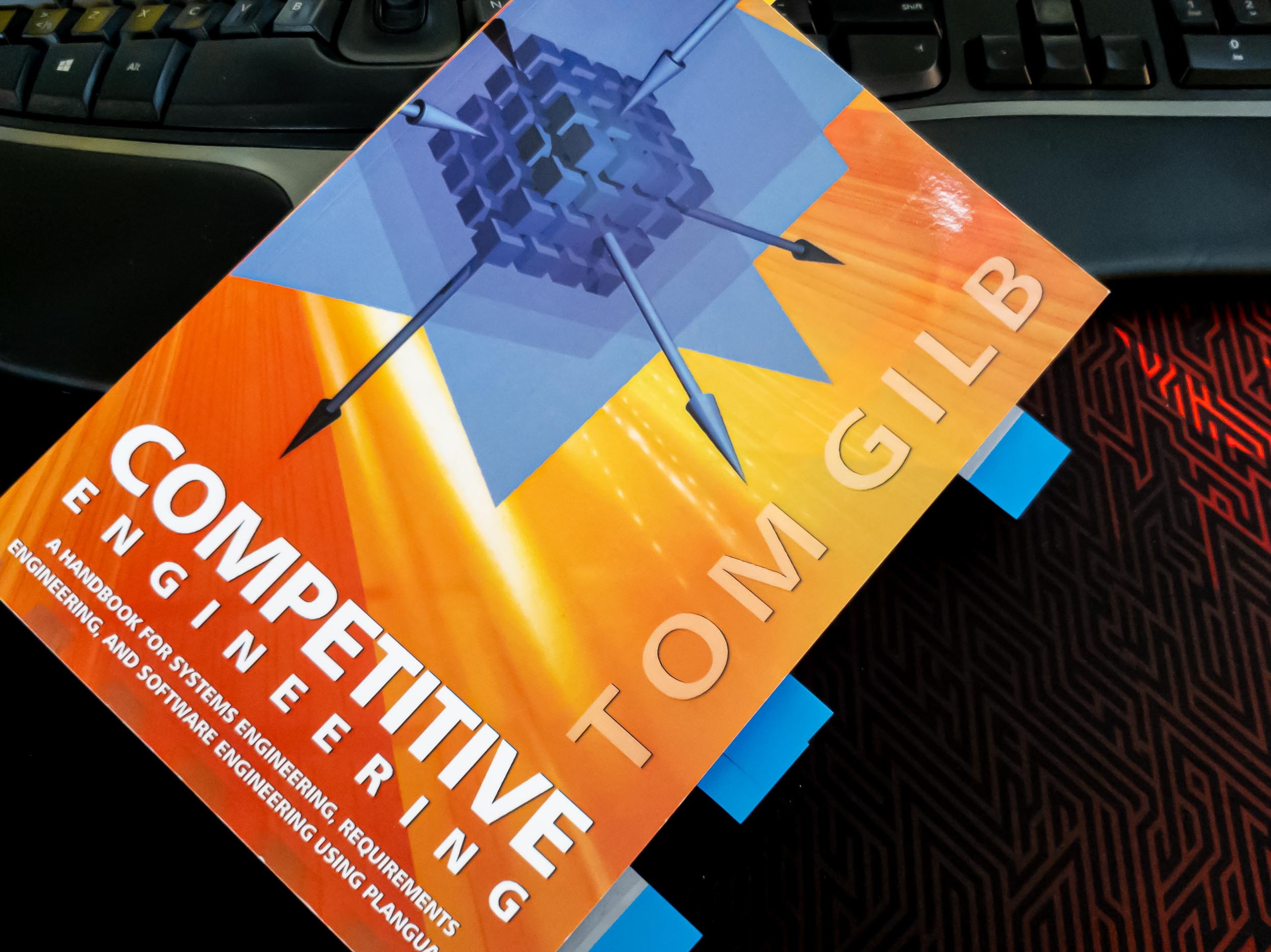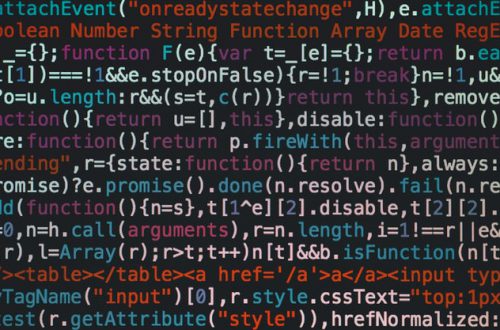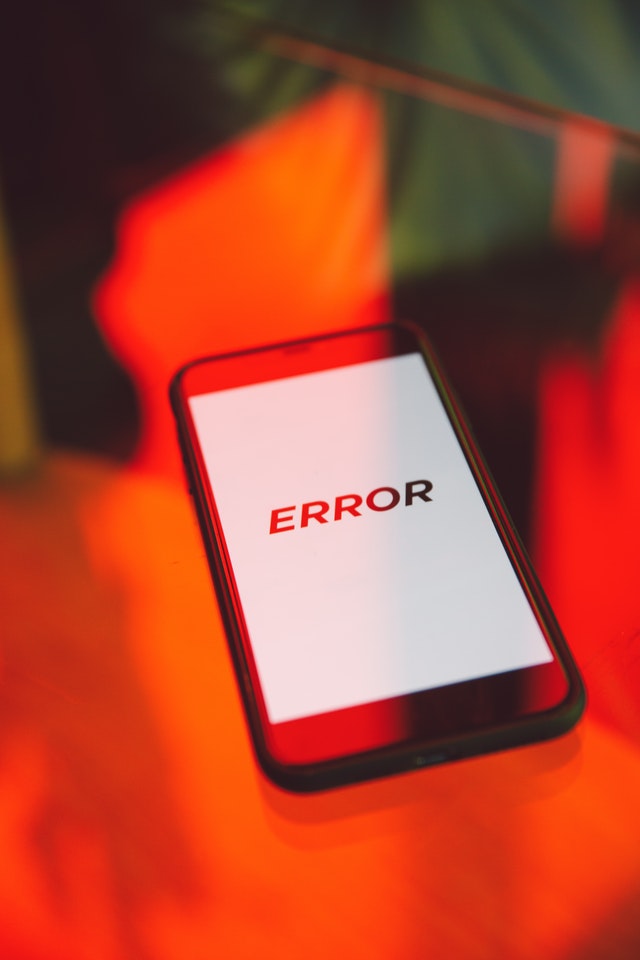Scrum
-
Why does sprints turn into waterfall?
The goal with a sprint is not to break a big chunk of work into smaller pieces of work, that you like Lego blocks put together according to an already created drawing. If you do that, you haven’t understood why we work in sprints, or for that matter, not even what agile development is. Whenever you find yourself using sprints as Lego blocks, the chances are great that you started the project with a big hairy audacious plan which you then break up into smaller pieces that are small enough for a sprint. You see each sprint just as a small part of the plan. Like a jigsaw puzzle piece…
-
The backlog replaces the project managers Gantt charts
In the olden days we had a group of people gather and describe every step needed to reach a goal, every function that had to be developed and how long each step would take to develop. A project plan was created. Gantt charts was painstakingly drawn. And when all this was finished, it was handed over to a project manager that made sure that it was executed. In Scrum we do it a bit differently. First of all, we don’t plan everything up front. We see this as a massive waste of time, and I will explain why. We solve each problem one by one. We experiment with it and…
-
Why do we have retrospectives?
A retrospective is a tool in Scrum, to make the team look at how the process can be improved.This is done by repeatedly looking at how we do things today and see what we can change. By doing this on a scheduled time after the sprint, the team is not distracted and can relax and focus entirely on the improvement. I have been to a lot of retrospectives that didn’t really provide any use to the team. Sure, it’s nice to get together, especially when most of us work remote. But that’s not why we hold a retrospective. I’ve noticed that so many really doesn’t know why we do them.…
-
SCRUM ONLY WORKS IF WE UNDERSTAND THE BIG PICTURE
Scrum teaches us: ”No big bang design!” We’re supposed to discover the design as we keep developing. Sure, that’s probably ok in a small project. It’s like building a small medieval village. Another villager moves in and just patches his house on the outside of the village. And after a while, we have a jumble of streets and houses. Try scaling up that to a big city! As soon as any software starts getting useful… eh… I mean bigger, we have to know what we are constructing. We have to take the time to sit down and think about what we are doing. We have to understand the problem we…
-
SCRUM IS A BIG CHECKLIST TO INCREASE QUALITY AND SPEED
Checklists are good. They make us remember things. Especially when it is things we do over and over again, when it is easy to forget one step just because we’ve done it so many times already. I mean, we’re just human. If we look around, many operations where risk is high often use checklists. Like pilots. They are fanatic when it comes to following the pre-flight checklist, because if they miss anything, even the smallest thing, it could end in disaster. Lives are at stake. But few airplanes go down because of pilots skipping this step. I think it’s safe to say that checklists work. They evidently increase the quality…
-
ARE ALL BUGS CRITICAL?
Often when you listen to people that report bugs, it sounds as if the world is coming down if it isn’t fixed immediately. But are all bugs really that serious? Is it possible that some of them actually doesn’t have to be fixed right now? That we even could put them into the backlog? There are two kinds of bugs. The ones that has to be fixed right away or the world will burn. And the ones that are annoying, but you can live with them. The first category has to be fixed immediately, obviously. But the other one can safely be added to the backlog and handled like any…
-
ROUTINES REDUCE FRICTION AND GETS THINGS DONE
It is always a good idea to remove as much friction as possible. And with friction I mean the resistance to get things done, to start and to keep doing it. There are many ways to do that, and one of them is to have routines. But what does that have to do with Scrum? Routines are learned behaviour. An order of operations that you don’t have to invent every time. You just know what to do next. This speeds up things, and it consumes less energy. Scrum is actually a set of routines that removes friction. Scrum is a well-defined process. It has several pieces that build a pipeline…
-
WHEN IS THE USER STORY “MAKE IT BETTER” FINISHED?
We’ve all been told to do the system safer, better looking, faster, or any other vague requirements. So we do what we think solves the problem. But it wasn’t really what the stakeholder wanted. Can we avoid this by quantifying what better means, by putting numbers on it and measure when we are done? The users probably don’t know what they want. Don’t be satisfied with that. Ask questions and clarify the intent. Then make it measurable so you know when you are finished. And yes, you can quantify everything. Why are requirements vague? We don’t know when we arrive if we don’t know where we’re going. A vague requirement…
-
WHO IS THIS “USER” THAT SCRUM KEEPS TALKING ABOUT?
When you see an example of a user story it always stars with: “As a USER…” But what hides behind this “user”? Who is s/he? Or what? And does it actually give me any value to start every story with a user? The “user” is way to generic. Instead, you should be specific. Who, or what, makes the request? By identifying the stakeholders up front, you stand a much higher chance of making a system that actually works. So, what is a stakeholder, then? The problem with Scrum, according to Tom Gilb A co-worker woke my interest in what Tom Gilb has to say, a while ago. We were sitting…
-
THE SPRINT IS ACTUALLY A SET OF GOALS
People with goals always outperform people without them. I think that this is the main reason to begin setting goals. We all work better if we have a goal. That is, goals that we commit to, make a promise to ourselves that we will finish. A goal without this is not a goal, it is just a waste of time. What’s the point if I set a goal for myself and then just ignore it? We have to hold ourselves accountable. Now, the goals has to be reasonable, you have to be able to finish them, or they are just as useless as not having any. Setting a goal to…












